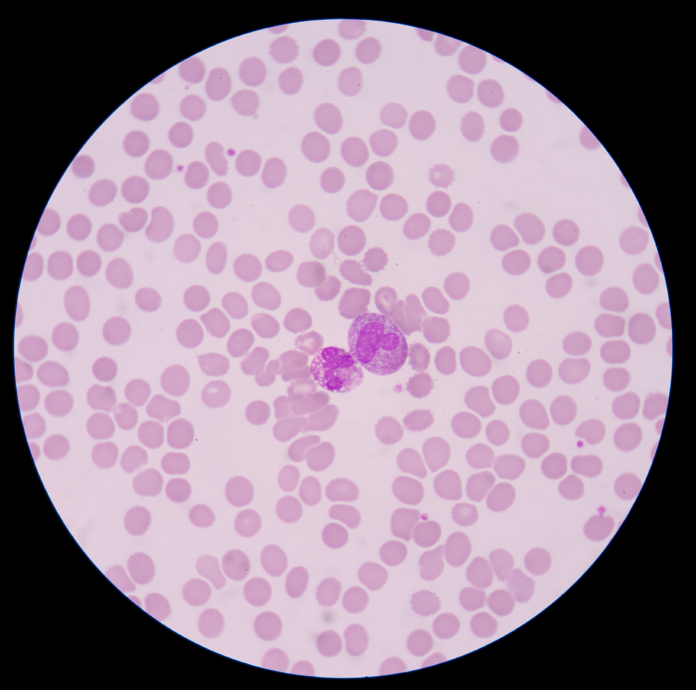Overview of Sepsis for Nurses



Description
This session is aimed at all out of hospital clinicians, GPs, Nurses, Pharmacists, Paramedics, Community Midwives and those providing urgent or unscheduled care. It will provide an introduction to key facts about sepsis and outline the size of the problem, common community presentations and key actions that influence outcomes.
Learning Objectives
By the end of this session you will be able to:
- Describe the differences between infection, sepsis and septic shock
- Recognise the scale and impact of sepsis within the UK
- Recall the frequency of community and hospital derived sepsis
- Identify key features that should alert the clinician to the possibility of sepsis in a patient with infection
- List potential strategies that can influence sepsis admissions and deaths
- Describe the urgency of treatment to influence mortality particularly within the septic shock sub-group
Sepsis is a potentially life-threatening condition triggered by infection.
Current estimates suggest that as many as 123 000 cases occur in England each year with approximately 37 000 deaths annually. Only 30% of those cases develop whilst the patient is in hospital, the rest are patients admitted from the community.
Simon Stockley, Mb CHB, FRCGP, FIMC RCS Ed, DUMC, is a GP at Eaglescliffe Medical Practice in the North-east of England.
He is the RCGP Clinical Champion for Sepsis, and represents the RCGP on the NHS England Cross-systems Sepsis Prevention Programme Board and the Academy of Royal Colleges Sepsis Group.
A GP for 30 years, he has prepared multiple sepsis teaching and support aids for clinicians working in general practice.
Simon is a board member of the Faculty of Pre-Hospital Care (RCS Edin) and an examiner for the Diploma in Urgent medical care.

- Anaesthesia | Paediatrics | Pharmacokinetic,Pharma...
- Posted By eIntegrity Healthcare e-Learning
- Posted Date: 2024-11-18
- Location:Online
- This session will provide an overview of pharmacokinetic (PK) maturation during infancy and the use of size models to describe PK differences between children and adults. It will go on to describe known pharmacodynamic (PD) differences and consider the im
- Anaesthesia | Paediatrics | Opioids In Paediatrics...
- Posted By eIntegrity Healthcare e-Learning
- Posted Date: 2024-11-18
- Location:Online
- This session looks at practical opioid pharmacology applied to the clinical use of different agents for neonates, infants and small children.
- Anaesthesia | Paediatrics | Advanced Paediatric Li...
- Posted By eIntegrity Healthcare e-Learning
- Posted Date: 2024-11-18
- Location:Online
- This session addresses the advanced management of the critically ill child and the child in cardiac arrest.
- Anaesthesia | Paediatrics | Head Injury
- Posted By eIntegrity Healthcare e-Learning
- Posted Date: 2024-11-18
- Location:Online
- This session describes the principles of stabilisation and management of a child with a head injury and how this differs from the management of an adult patient. This includes methods of assessment, effects and management of raised intracranial pressure,
- Anaesthesia | Paediatrics | Multiply Injured Child...
- Posted By eIntegrity Healthcare e-Learning
- Posted Date: 2024-11-18
- Location:Online
- This session looks at the initial management and stabilization of the multiply injured child with reference to published trauma guidelines.







